Concrete Making By Replacing Aggregate Using River Sand
2020-05-11T23:05:37+00:00
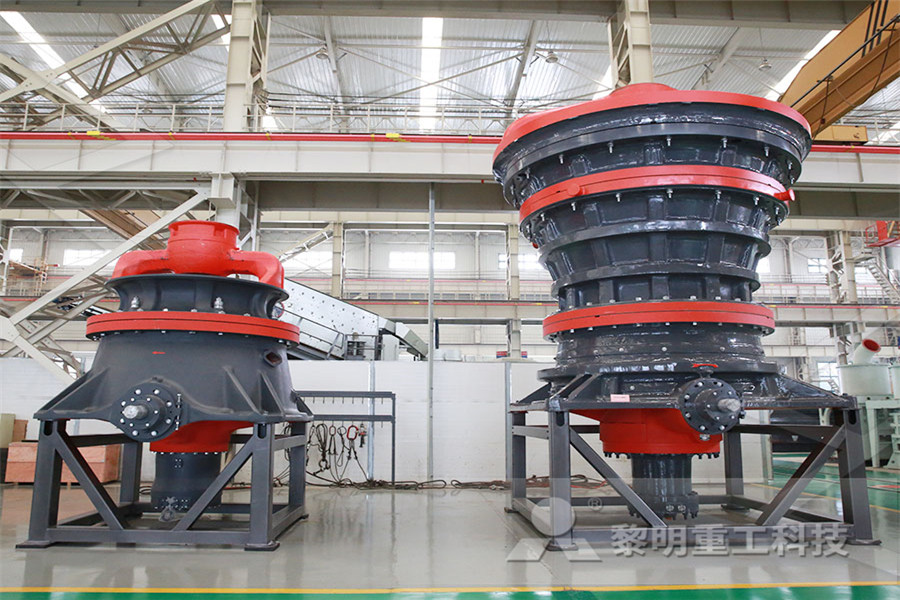
Study on Properties of Concrete using Robosand as Fine
Sand is basic concrete making construction material required in large quantities Robosand is one among such materials to replace river sand, which can be used as an alternative fine aggregate in mortars and concrete In this present research work, M20 and M30 grades of concrete are used as reference mixes 3) Replacement of 15% Natural River sand by manufactured sand yielded good split tensile strength for M20 grade concrete 4) Replacing natural sand by manufactured sand induces higher strength in concrete than the conventional concrete 5) Better control over Replacement of Fine Aggregate by MSand IJSTE An experimental investigation was carried out to evaluate the strength and durability characteristics of concrete building blocks by replacing fine aggregate (river sand) with (PDF) Fly ash as a Fine Aggregate Replacement in
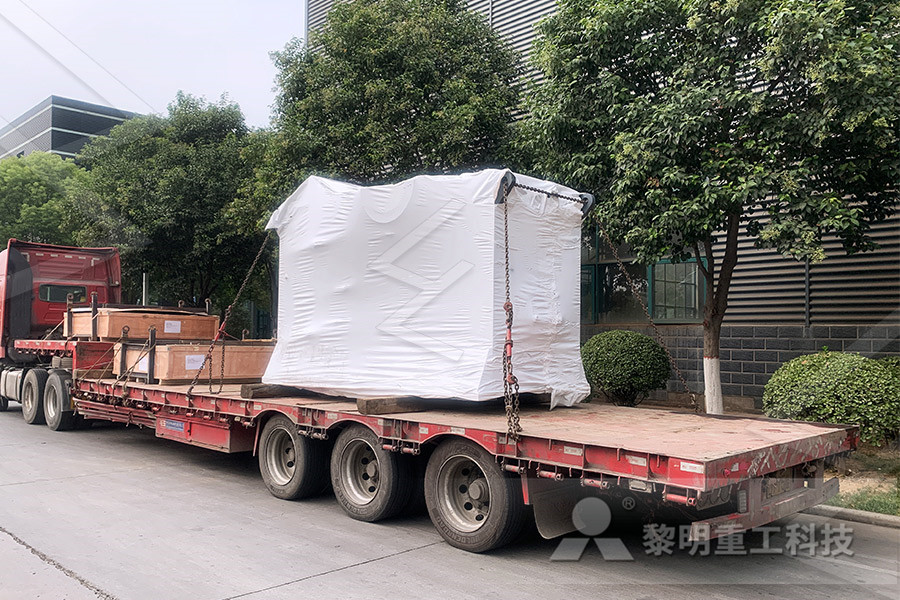
Sustainable Concrete by Partially Replacing Coarse
Concrete by Partially replacing Coarse aggregate Using Coconut Shell 43 3 METHODOLOGY In this study, natural river sand and manufactured crushed sand as 50%50% proportion will be used as fine aggregate which passes through a 475 mm sieve The material used will be having maximum particle size of 475mm It Fine aggregate (M – SAND) Manufactured sand is a substitute of river sand for construction purposes M sand produced from hard granite stone by crushing The crushed sand is of cubical shape with grounded edges, washed and graded to as a construction material The size of Msand Experimental Study on Concrete by Replacing Fine A huge quantity of concrete is consumed by global construction industry In India, the conventional concrete is mostly produced by using natural sand obtained from the riverbeds as fine aggregate The advantage of natural sand is that the particles are cubical or rounded with smooth surface texture The grading of natural sand is always not idealProperties of Concrete by Replacement of Natural
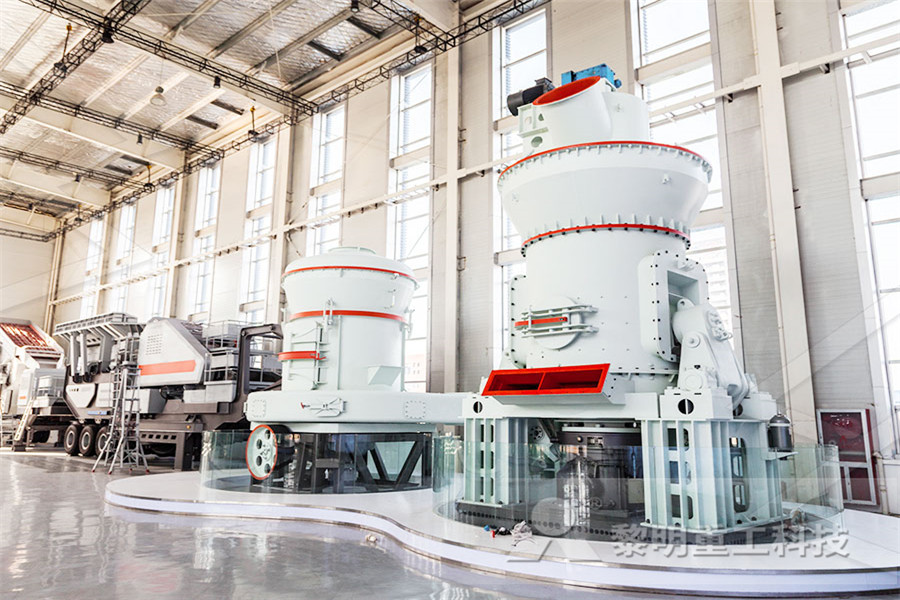
(PDF) Study on Concrete by replacing cement by
Study on Concrete by replacing cement by SCBA using 100% MSand as fine aggregate SCBA Sand is a vital ingredient in making two most 1 INTRODUCTION used construction materials viz cement concrete and mortar Traditionally River sand, which is formed by Concrete is the most widely used construction natural weathering of rocks over many Fine aggregate was replaced with crushed ceramic waste aggregate at different percentages as follows 0, 5, 10, 15, and 20% in the concrete composition To determine the value of Mechanical properties of fine aggregate (river sand) and fine ceramic aggregate, which is extracted from the waste ceramics, were obtained through experimentation workExperimental study on concrete using waste ceramic Developing Concrete using Sea Shell as a Fine Aggregate Ms V Mohanalakshmi Ms S Indhu Keywords: Concrete, River Sand, Seashell, Mix Design, Cement Optimization All the cubes were tested after making it to dry in sun (ie) the surface moisture is removed For each mix 3 cubes were tested at the age of 7 days and 28 days of curing Developing Concrete using Sea Shell as a Fine Aggregate
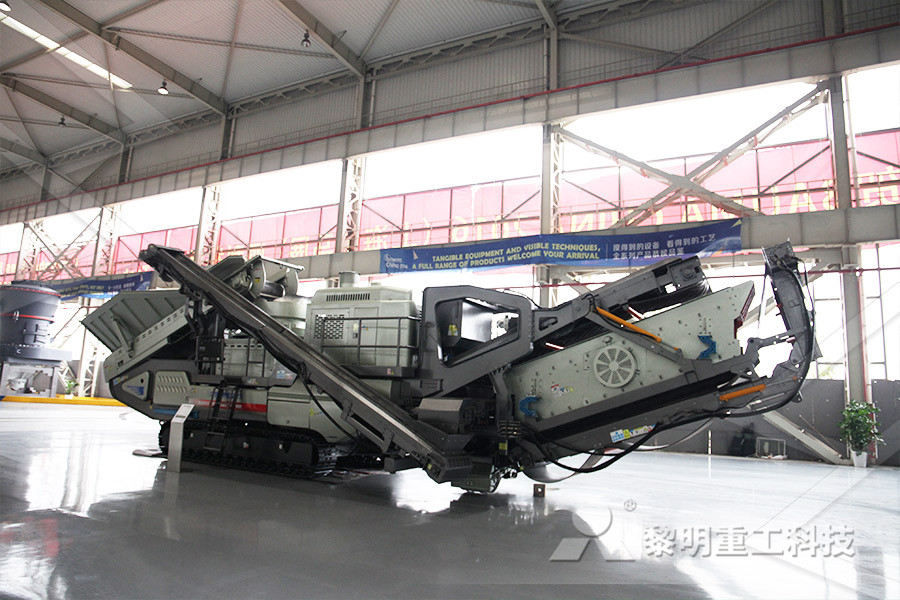
An experimental study of replacing conventional
The compressive strength of concrete was found to increase compared with the conventional concrete with river sand when 05% of Cera Chem Plasticizer is used as an admixture Sunil Ahirwar et al (2017) [17] checked the strength in compression of concrete section when coarse aggregates were partially replaced by electronic waste in the range 5% concrete (Sand, Crushed Stone) The use of river sand in making the concrete is the best Fine Aggregate (FA) Seasonal non – availability and scarcity leads to the higher cost There is a need to tackle this problem So the replacement of conventional river sand is necessary For thisExperimental Study on Concrete and Cement Plaster Study on Concrete by replacing cement by SCBA using 100% MSand as fine aggregate SCBA Sand is a vital ingredient in making two most 1 INTRODUCTION used construction materials viz cement concrete and mortar Traditionally River sand, which is formed by Concrete is the most widely used construction natural weathering of rocks over many (PDF) Study on Concrete by replacing cement by
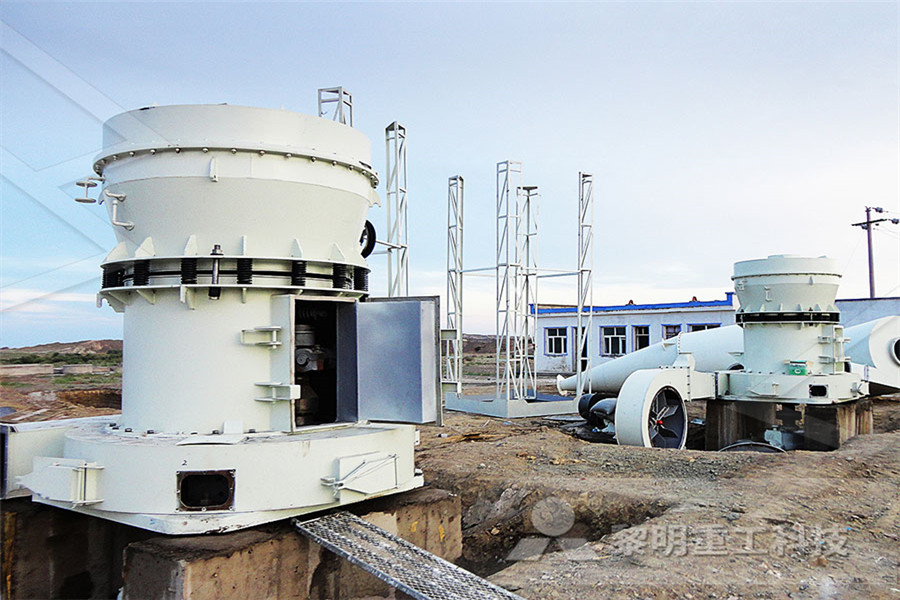
Can we use River Sand or Desert Sand for construction?
Desert sand and river sand can be used in concrete, the using will depend on its particle size distribution, whether it falls in the grading limits for sand or not Robo Sand (BA10%): 90% Robo sand + 10% Bottom Ash 8 CONCLUSION 1 Based on the experimental test results the optimum concrete 2 The optimum dosage of bottom ash is remains same for river sand, robo sand and crusher dust which are used for the replacement of fine aggregate in the concreteEFFECT OF REPLACING FINE AGGREGATE WITH BOTTOM Locally available river sand, basalt stone chips were used for preparation of concrete Machines crushed locally available hard basalt, well graded 20 mm and down size were used Specific gravity 310 Fineness modulus 344 23Sand (Fine Aggregate) Locally available river sand passing through 475mm sieve asUse of Blast Furnace Slag Aggregate in Concrete
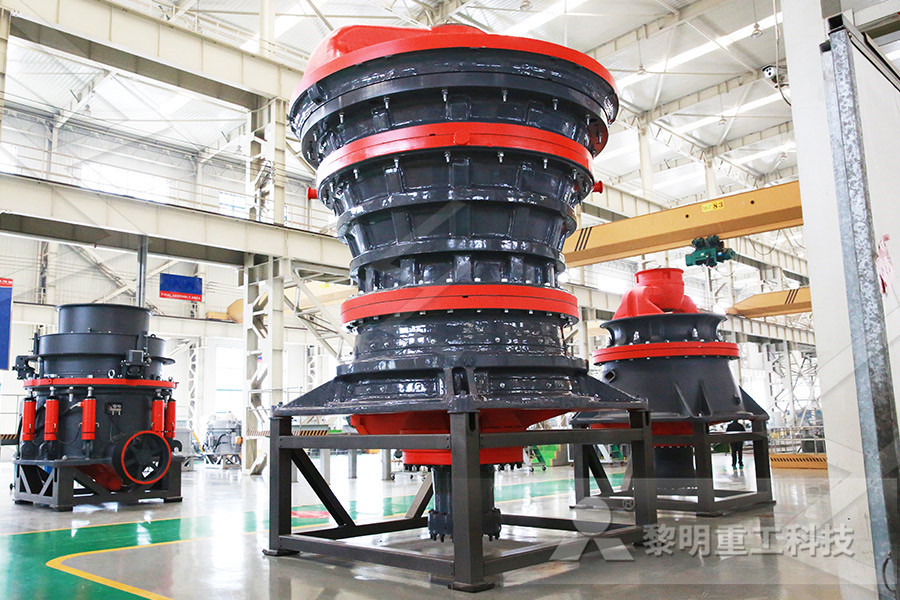
Properties of Concrete by Replacement of Natural
Concrete is the most widely used material of construction all over the world A huge quantity of concrete is consumed by global construction industry In India, the conventional concrete is mostly produced by using natural sand obtained from the riverbeds as fine aggregateaggregate in concrete They concluded that SFB can be comparable to the natural river sand The SFB satisfies the zone II gradation for not only to partially replace the sand, but for making good concrete, unit weight of SFB is higher than that of river sand aggregate in dense condition which, in turn, contributes toREPLACEMENT OF NATURAL SAND IN CONCRETE BY Keywords: Concrete, River Sand, Seashell, Mix Design, Cement Optimization I INTRODUCTION Concrete is a combination of cement, fine and coarse aggregates and water, which are mixed in a particular proportion to get a required strength Concrete remove any has tremendous versatility because of its initial fluid state It may be pour into a Developing Concrete using Sea Shell as a Fine Aggregate
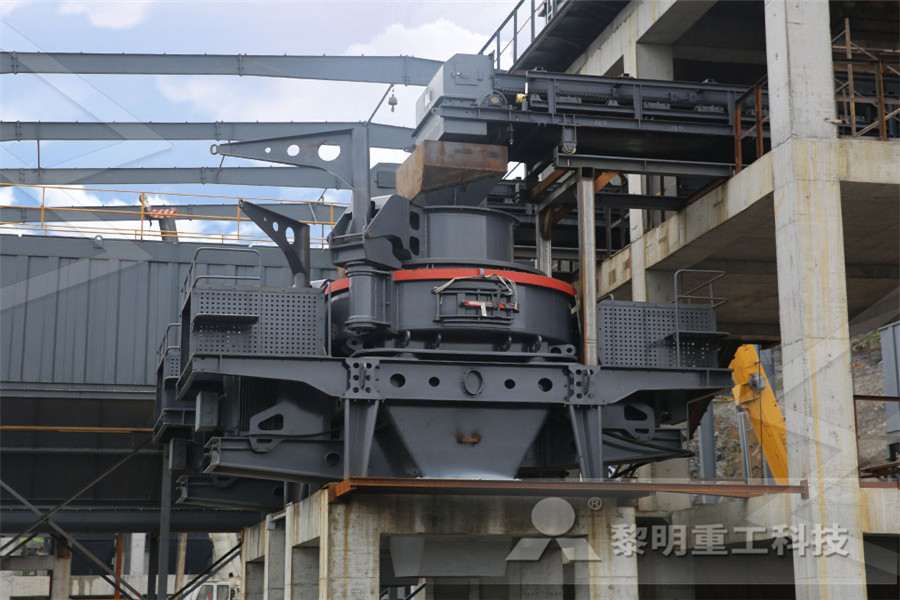
STRENGTH AND DURABILITY STUDIES ON CONCRETE
manufactured sand (Msand) instead of natural river sand in making concrete Msand is obtained by crushing the natural granite stone in the vertical shaft Impact crushers and screening the output form the fine aggregates of size less than 475mm Some studies has been reported the effect of Msand on strength and durability properties of concreteAggregate washing Water is critical in the making of concrete Adding water to the mix sets off a chemical reaction when it comes into contact with the cement The water used in the mixing of concrete is usually of a potable standard Using nondrinking water or water of unknown purity risks the quality and workability of the concreteAggregates for Concrete GreenSpec concrete (Sand, Crushed Stone) The use of river sand in making the concrete is the best Fine Aggregate (FA) Seasonal non – availability and scarcity leads to the higher cost There is a need to tackle this problem So the replacement of conventional river sand is necessary For thisExperimental Study on Concrete and Cement Plaster
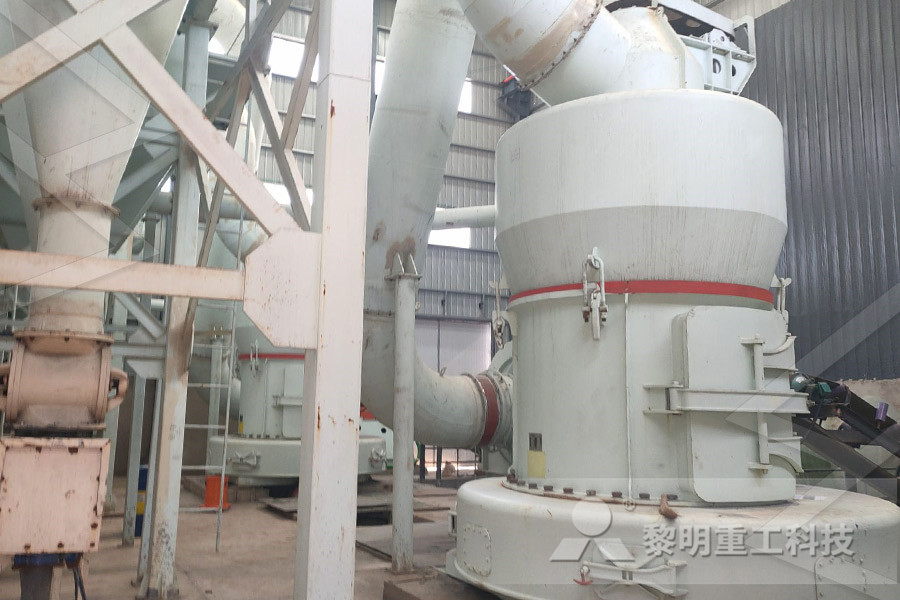
Comparative Study on performance of concrete with
In fine aggregate particles below 600 microns must be at least 30% to 50% for making good concrete When fine aggregate proportioned properly it will result in well grading with minimum voids It is the suitable substitute for river sand These Requirements can be made possible in manufactured sand when compare to naturally available river sand Keywords: Concrete, River Sand, Seashell, Mix Design, Cement Optimization I INTRODUCTION Concrete is a combination of cement, fine and coarse aggregates and water, which are mixed in a particular proportion to get a required strength Concrete remove any has tremendous versatility because of its initial fluid state It may be pour into a Developing Concrete using Sea Shell as a Fine Aggregate natural river sand for future generations In the present investigation, an experimental program was carried out to study the workability and compressive strength of concrete made using stone dust as partial replacement of fine aggregate in the range of 10% 100% M25 grade of concrete was designed usingStone Dust in Concrete: Effect on Compressive Strength
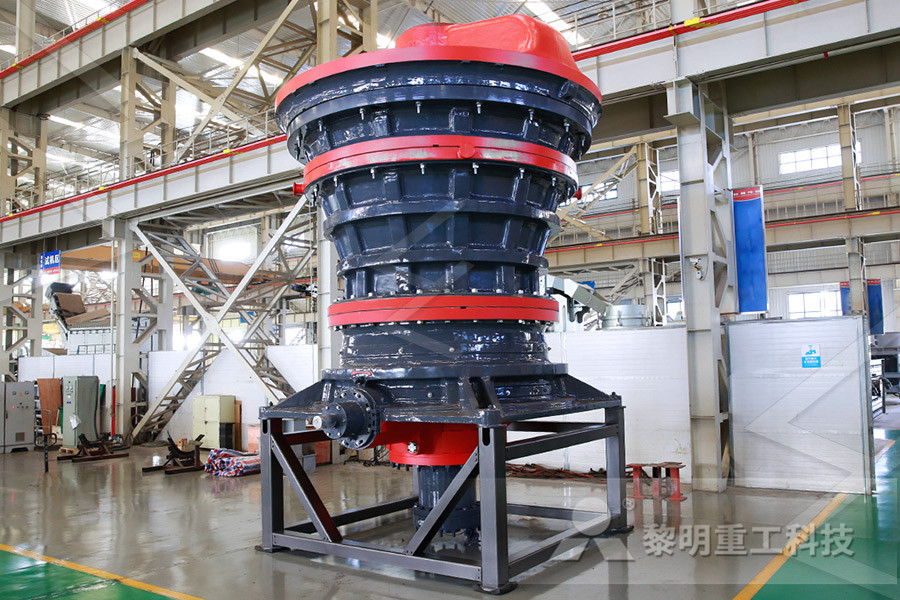
STRENGTH AND DURABILITY STUDIES ON CONCRETE
manufactured sand (Msand) instead of natural river sand in making concrete Msand is obtained by crushing the natural granite stone in the vertical shaft Impact crushers and screening the output form the fine aggregates of size less than 475mm Some studies has been reported the effect of Msand on strength and durability properties of concrete Robo Sand (BA10%): 90% Robo sand + 10% Bottom Ash 8 CONCLUSION 1 Based on the experimental test results the optimum concrete 2 The optimum dosage of bottom ash is remains same for river sand, robo sand and crusher dust which are used for the replacement of fine aggregate in the concreteEFFECT OF REPLACING FINE AGGREGATE WITH BOTTOM replace the sand, but for good concrete and unit weight of CSFB is higher than that of river sand aggregate in dense condition which, in turn, contributes to the increase in the unit weight of concrete containing CSFB as a fine aggregate From the obtained results we observe that the maximum strength is achieved by 25% of CSFBExperimental Investigation on Partial Replacement of Fine
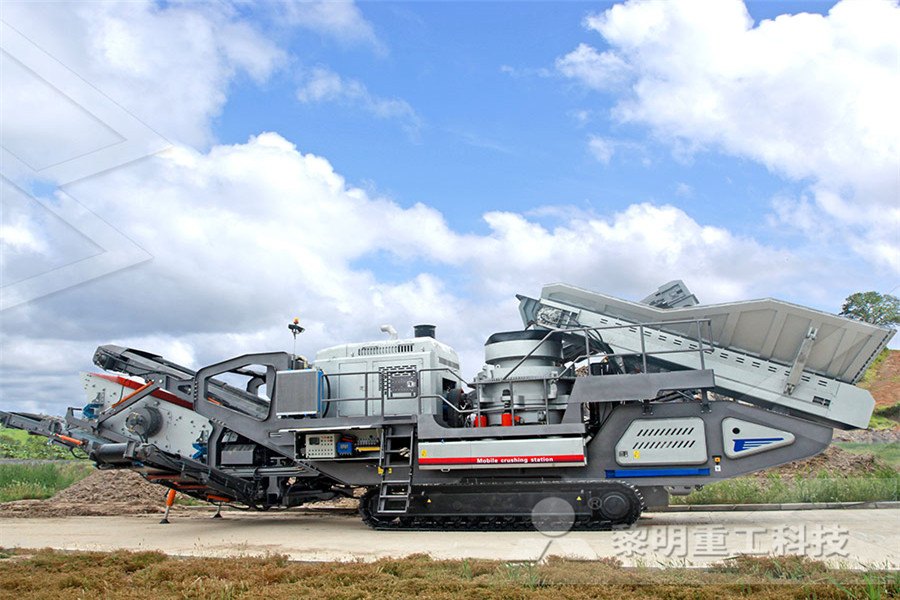
Partial Replacement Of Fine Aggregate With Fly Ash And
1 Shashidhara and Vyas, (2010) reported the results of replacing sand in cement concrete using imperial smelting furnace Fly Ash in Indian Concrete Journal The fine aggregate fraction so produced conformed to the grading requirements of both fine aggregate and all in aggregate strength of concrete made of Mucking Dust are nearly 25% more than the conventional concrete Similar studies may be done with other concrete mix ratios and also for self compacting concrete Keywords : Mucking sand, Fine Aggregate, Optimum replacement mix proportion I INTRODUCTION Concrete is the most widely used composite material todayAN EXPERIMENTAL INVESTIGATION ON PARTIAL available river bedded sand of specific gravity 259 passing through 475mm IS sieve conforming to zone II , coarse aggregate of specific gravity 273, laterite of specific gravity 268 and fineness modulus 273 and Potable water were used for making the various concrete mixes considered in this study Mix DesignSuitability of Using Laterite as Partial Replacement of
Ag7 Grinding Machine Price List In Chennai
grinding mill manufacturer in china
how to build a skateboard grind rail
crushing and screening plant for sale
Load And Haul Mining Equipment
cuarzo en polvo en lombia
automatic type gyratory crusher in South africa
acheter broyeur de granit
firestone bridgestone belt nveyor
reclaimed lead shot for shotgun reloading
mini ncrete crusher ireland
Building Materials Jaw Crusher For Sale
diagrams for iron ore crusher indonesia
newest hard stone crushing equipment impact crusher machine
dynamic design theory and application of large vibrating screen
pet ke crushing machines
Crusher Manufacturer Shanghai Bridge
Milling Machine Vice India
rock crusher fire pit diy
china china iron ore crusher
Dubai Used Mobile Stone Crushing Machine Price
vertical roller mill for limestone
flexible grinding wa
Cemento Molino Capasitas T
How Is Copper Extracted From Its Ore Through Machinery
limestone grinding mill in tamilnadu
iron iron ore crusher selection criteria work
High Efficiency Energy Saving Primary Pe peRock Jaw crusher
small portable rock mobile crusher for small scale plant
Manufacturers Of Stone Crushing Equipment Italy









